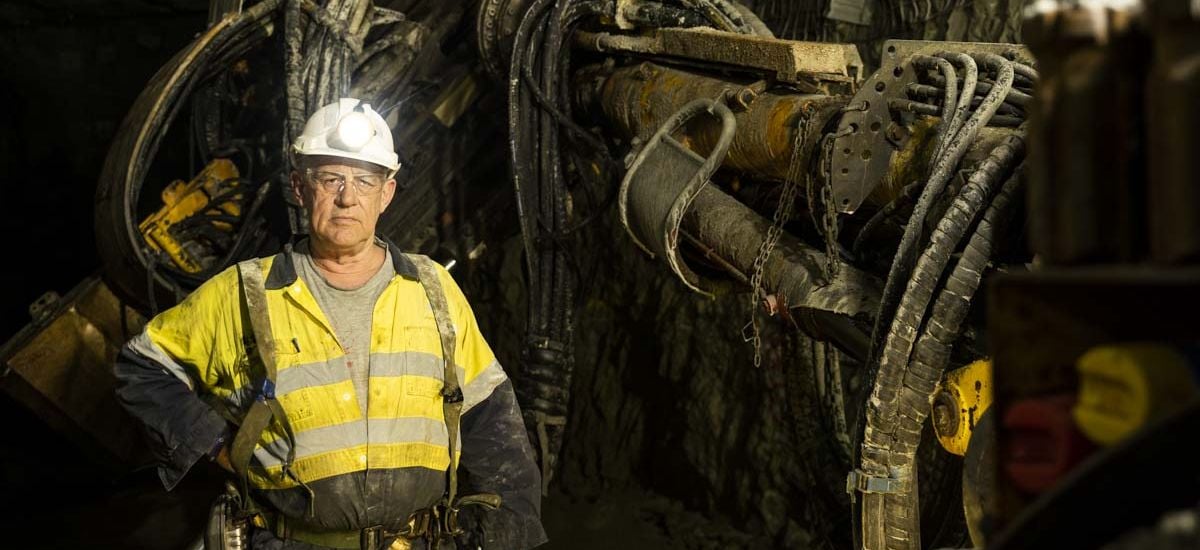Data shows it’s time to invest in intergenerational training in the mining sector

Data collected by recruitment firm Mining People International paints a stark warning on the lack of intergenerational training in mining, suggesting the industry is letting the skills it needs slip through its fingers.
Anyone working in mining today will tell you the industry is experiencing a real skills shortage, which is having very real consequences in the day-to-day operations of mines and projects.
But is the industry making the skills shortage worse in the way it handles, nurtures and shares the skills it already has? Are we letting the skills we need slip through our fingers as experienced employees leave and no-one is trained up to replace them?
That was the premise behind a recent Mining People poll. In August 2020 we asked people to agree or disagree with a number of statements about mining and skills. More than 250 people responded.
The results paint a very clear picture of what people working at the coalface are thinking and experiencing — and perhaps provide industry and mining companies with insights into how we might best solve the current skills shortage. The results also show that the experience and knowledge of older or more experienced industry members is vital in ensuring the ongoing prosperity of the sector.
Attracting and retaining technological skills
The first two questions we asked were about the industry’s ability to attract and retain people with appropriate technological skills (Figures 1 and 2).
These figures paint a grim picture. They suggest the skills we need to run successful operations are ebbing away faster than we can replace them.
This is borne out when you look at the responses to some of our other statements.
The generational skills gap
We weren’t sure what response we’d get to some of the statements we made, but we were interested in intergenerational skills transfer. That is to say, whether skills were being handed down from one generation to the next.
The results are not encouraging.
Two-thirds of respondents agreed that the older generation of workers were often the only people with knowledge of how certain systems worked. Which is perhaps why we see worrying responses like those in Figures 3 and 4.
These data points are a huge worry — and surely a clear indication of management failure to identify key-person reliance vulnerabilities.
For managers and executives, it is important they identify those people in their company who have a large amount of corporate knowledge, and that there is a systematic method in place for this knowledge to be transferred. Not only does this reduce single-person dependencies, but presents an opportunity for older members of staff to mentor younger employees.
There is some evidence that this is happening, at least in some companies, as evidenced by the response to the next question (Figure 5).
OK, I admit painting this as positive is very much a rose-coloured glasses take on this data, BUT it does indicate some intergenerational training is happening in the industry.
Even better, the data point in Figure 6 indicates that where intergenerational skills transfer is happening, it’s working. Furthermore, the majority of people who responded received at least some form of intergenerational training when they begin their career (Figure 7).
That last data point stood out to us. Why did so many of our respondents have the opportunity to learn from an experienced person, yet the overall picture we’re getting is of an industry that isn’t taking advantage of intergenerational skills sharing?
Who took part in the study?
Perhaps the answer lies in the people who took part in the poll? It was certainly a fascinating mix — with 55 per cent of respondents having been in the industry for more than 10 years and almost another four per cent now retired. Eighteen per cent had been in the industry less than five years and just over 11 per cent between six and 10 years.
Let’s take the data from those who said they’d been in the industry longer than 10 years, and compare it to those who have joined the industry more recently, to get an idea of the intergenerational training trends in mining over the years.
Stark, isn’t it?
Where to from here for the mining industry?
The skills shortage that is already biting in our industry is set to get worse before it gets better. Yet we have it in our hands to ease the skills pressure before we lock in the kinds of supply-and-demand-led economic consequences the last skills shortage battered the industry with.
Reducing key-person reliance by investing in training — by using our most skilled and valuable employees to train the next generation — is an investment not just in a company’s future but in the industry as a whole.
It’s time to start training!
A version of this article first appeared on the Mining People International website at miningpeople.com.au.